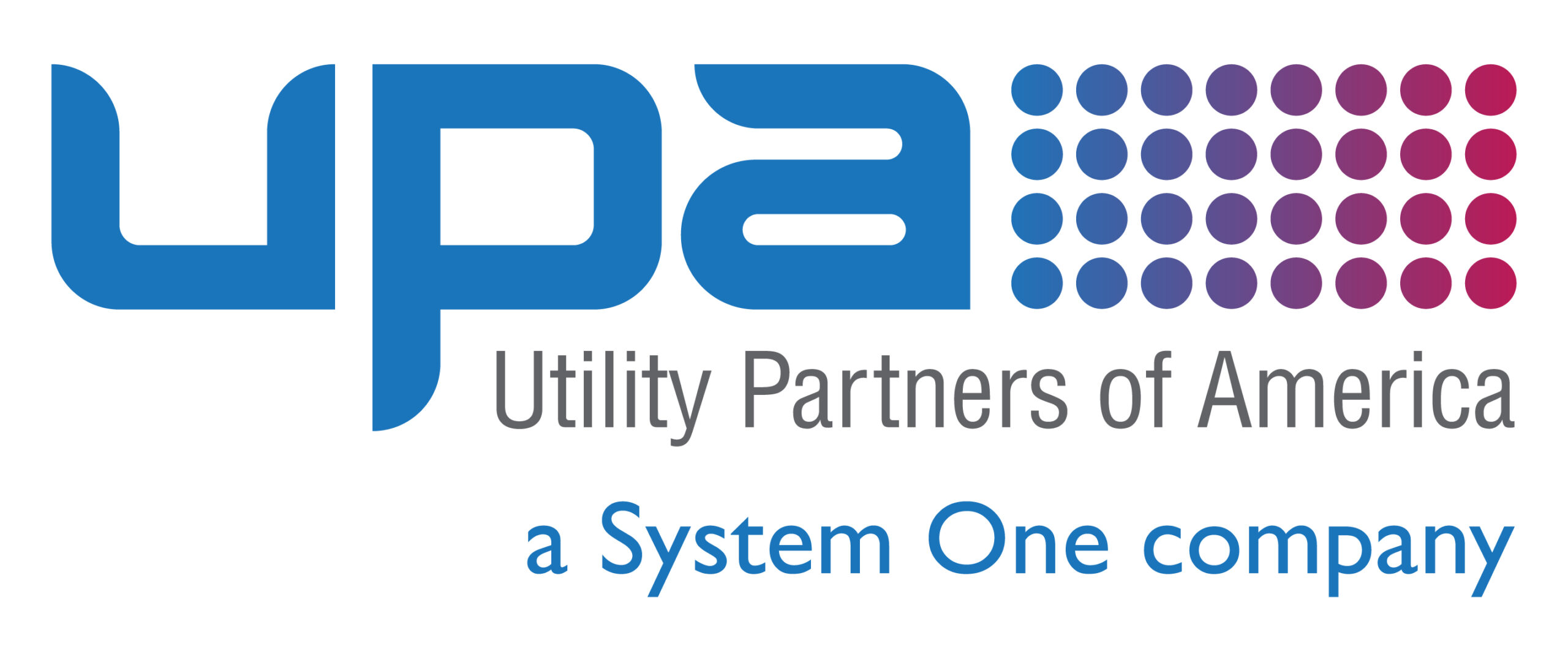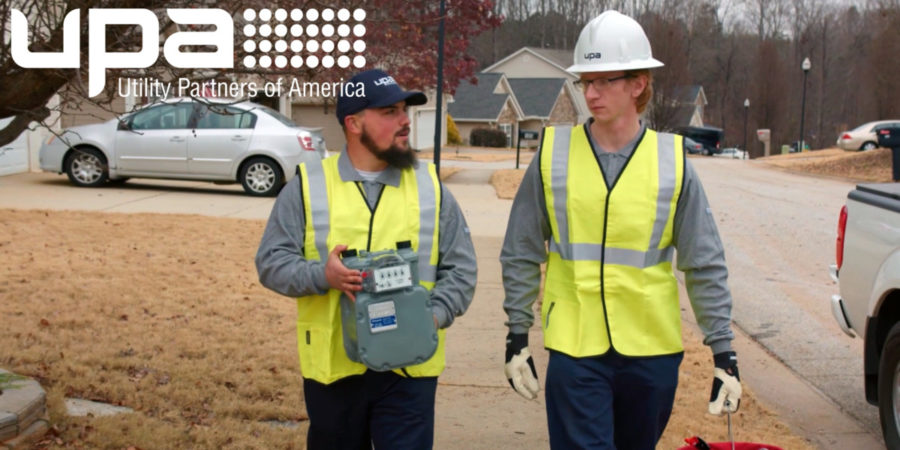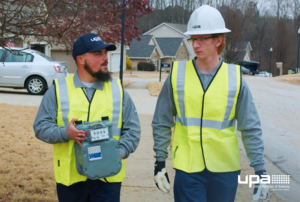To say that the last few years have been challenging would be an understatement. We’ve lived through a global health pandemic, navigating daily uncertainty. We’ve navigated changes in how we work and heightened safety protocols at work and play. By and large, workforces across the country have made important sacrifices to maintain employee health and productivity.
No matter how resilient we are, every industry has faced the risk of increased stress and even burnout. As a result, companies are readily acknowledging the importance of mental and physical health. Many are putting strategies in place to keep their employees healthy, engaged, and enthusiastic. If you think your workforce could benefit from a similar approach, here are five quick tips for recognizing and preventing burnout.
1. Encourage the use of paid time off
Obtaining workaholic status is often glamorized in today’s society. And while there’s nothing wrong with an employer valuing tenacity, it’s essential that employees are playing hard as often as they are working hard. Vacations and time away from work improves employees’ long-term health and productivity. Every so often, run reports to see how many unused vacation hours each employee has. This can help identify employees who could benefit from a break. Employees who don’t take time to recharge away from work are more likely to face stress and potential burnout later on.
2. Have an open-door policy
We can’t overstate the importance of good communication in the workplace, and that includes access to communicating with leadership. Employees are bound to face minor frustrations and irritations while working. Bottling up those feelings over time can only lead to resentment later. Employees know this: 75% see effective communication as the number one leadership attribute and benefit from open, honest rapport. Instituting an open-door policy in which employees are always welcome is one way to support employees.
3. Make sure the workload is divided evenly
There will always be superstars in every workforce, and it can be tempting to send more work in that direction. But, doing so limits the potential and usefulness of other employees while overworking critical, highly-skilled employees. Take the time to evaluate assignments. Divide the workload evenly to provide opportunities for growth and learning across the workforce. If an employee is routinely failing to complete assignments or tasks on time, that likely means their plate is too full or they are in need of additional training. In either event, respect and communication are key to finding a solution.
Related: Minimizing Inter-team Friction and Building Great Working Relationships
4. Focus on the positives
If you take one thing from this piece, it should be this: Positivity is contagious. When leadership focuses on positive actions and gives praise where it’s due, employees tend to continue doing their best. This doesn’t mean you should avoid highlighting when things aren’t going well, but rather, make a big deal of it when they are. Appreciated employees tend to work harder and feel self-fulfilled and satisfied.
Related: UPA Uses Team Building For Company Culture
5. Create a sense of community in the workplace
Feeling supported can play a critical part in staying engaged and enthusiastic. Very few things make someone feel supported like being part of a community. If you notice that employees often keep to themselves, try to strengthen bonds and develop relationships by hosting a team lunch, a potluck or a cookout. Gathering together is the best way for employees to get to know each other and build that community.




